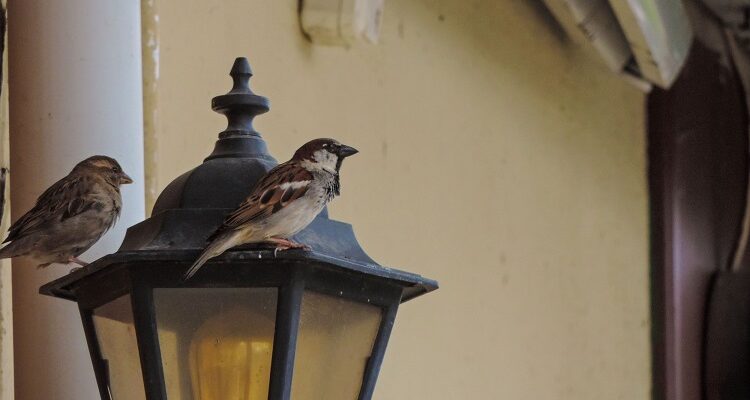Wildlife infestations in homes can cause damage to property, create health hazards, and pose safety risks for both humans and animals. Some common wildlife, such as squirrels, raccoons, and birds, may enter homes to find shelter, food, or nesting sites. In this article, we’ll provide practical tips and strategies for preventing wildlife from nesting in your home and creating a safe living environment with the help of The Outdoors Group.
Table of Contents
Inspect Your Home
The first step in preventing wildlife from nesting in your home is to conduct a thorough inspection of your property. Look for signs of damage, such as holes, cracks, or gaps, in your roofing, siding, foundation, and windows. Pay attention to areas that may attract wildlife, such as trash cans, bird feeders, and fruit trees.
Seal Entry Points
Once you have identified potential entry points, it’s essential to seal them to prevent wildlife from entering. Use sealants, caulk, or mesh wire to fill gaps in siding, roofing, and foundation. Install chimney caps to prevent animals from entering through the chimney. Cover vents with mesh wire to prevent animals from entering through the attic.
Remove Attractants
Wildlife may be attracted to your home by food sources, such as bird feeders, pet food, or open trash cans. To prevent wildlife from nesting in your home, remove these attractants or store them in secure containers. Consider using bird feeders that are squirrel-proof and using trash cans with secure lids.
Trim Trees and Shrubs
Trees and shrubs near your home can provide wildlife with easy access to your property. To prevent this, trim trees and shrubs at least 6 feet away from your home. This will prevent wildlife from using them as a bridge to enter your home and make it more difficult for them to climb onto your roof.
Install Fencing
Installing fencing around your property can help prevent wildlife from entering your yard and nesting in your home. Use sturdy, durable fencing that is at least 4 feet high and buried at least 1 foot underground to prevent animals from burrowing underneath. Additionally, install fencing around gardens or fruit trees to prevent wildlife from accessing food sources.
Use Repellents
If you have tried other preventative measures and still have a wildlife problem, you may want to consider using repellents. Repellents can be sprayed around your property or placed strategically to deter wildlife from entering. Some common repellents include predator urine, ammonia, or hot pepper spray.
Contact Professional Wildlife Removal Services
If you have a persistent wildlife problem or are uncomfortable dealing with wildlife on your own, it’s best to contact professional wildlife removal services. These services have the necessary experience, equipment, and training to safely and effectively remove wildlife from your property while ensuring humane treatment of the animals.
Preventing wildlife from nesting in your home requires a combination of preventative measures and responsible management practices. By inspecting your property, sealing entry points, removing attractants, trimming trees and shrubs, installing fencing, using repellents, and seeking professional help when necessary, you can create a safe and healthy living environment for both humans and animals.
Remember that wildlife plays an important role in our ecosystems and deserves to be treated with respect and compassion. By taking appropriate measures to prevent wildlife infestations in our homes, we can coexist with wildlife in a responsible and sustainable manner. Together, we can create a safe and healthy living environment for all creatures great and small.







Comments